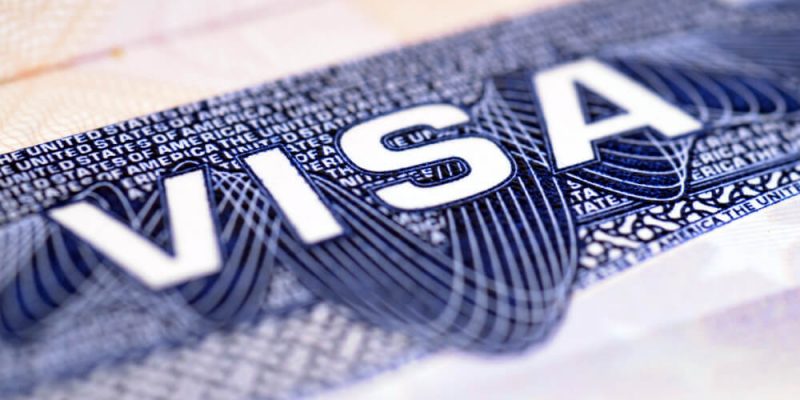The employment-based fifth-preference visa program, commonly called the EB-5 program, is a U.S. visa program that incentivizes foreign investors to help stimulate the U.S. economy and create new, full-time jobs in exchange for green cards and an eventual path to U.S. citizenship for them and their family. The program is a win-win-win—foreign investors can realize their dream of a prosperous life in the Land of Dreams, project developers can obtain affordable financing for their new commercial enterprises, and U.S. citizens and residents in high-unemployment areas can get access to more jobs.
The projects that foreign investors are eligible to invest in for the EB-5 program must be for-profit and have been established or restructured after November 29, 1990. These organizations are typically called “new commercial enterprises” (NCEs) in the EB-5 program terminology. The minimum required investment amount is $1.8 million, unless the project is located in a targeted employment area (TEA), in which case the minimum investment amount is lowered to $900,000. TEAs are classified as either urban areas with an employment rate at least 150% higher than the national average or rural areas with a population of less than 20,000. In order to qualify to receive a U.S. green card, an investor must, through his or her investment, create 10 full-time jobs.
The Benefits of Investing Through Regional Centers
Regional center designation is the designation of being a special economic unit, for which any organization, private or public, may apply via an I-924 petition. The majority of EB-5 investors invest through regional centers rather than directly due to the various benefits of regional center investment. The most notable is the ability to count indirect and induced jobs, which makes it much easier for investors to meet the 10-job requirement and be eligible to receive a U.S. green card. Instead of showing the number of positions on the NCE’s payroll, investors working through a regional center need only demonstrate, through approved economic calculations, that the capital was spent in accordance with the business plan and stimulated the local economy enough to equal 10 full-time jobs.
There are regional centers all over the United States, so no matter where investors would like to invest, they are likely to be able to find regional centers in their area.
Investor Requirements for the EB-5 Program
Investments are subject to a number of requirements before an investor is eligible to receive a green card through the EB-5 program. The main requirements are as follows:
1. An investment in a new business or a troubled existing business of at least $1.8 million for a non-TEA project or $900,000 for a TEA project. Some regional centers primarily work with projects in TEAs to facilitate the investment process for foreign investors.
2. The creation (or saving) of at least 10 full-time jobs for U.S. citizens or residents. The jobs must last at least two years.
3. Proof that the investment capital was obtained through legal means.
4. The maintenance of at-risk status for the investment throughout the entire EB-5 investment process.
From its beginnings in 1990, the EB-5 program has grown dramatically, particularly among Chinese investors. Over the past 30 years, the EB-5 program has contributed thousands of new jobs to the U.S. economy and boosted the welfare of high-unemployment areas across the country. It has also helped thousands of investors from China, India, Vietnam, and other countries immigrate to the US for a new and better life for themselves and their children.
The above information does not constitute legal advice. We strongly recommend that anyone considering investing consult with a reputable immigration attorney to discuss their individual circumstances.







